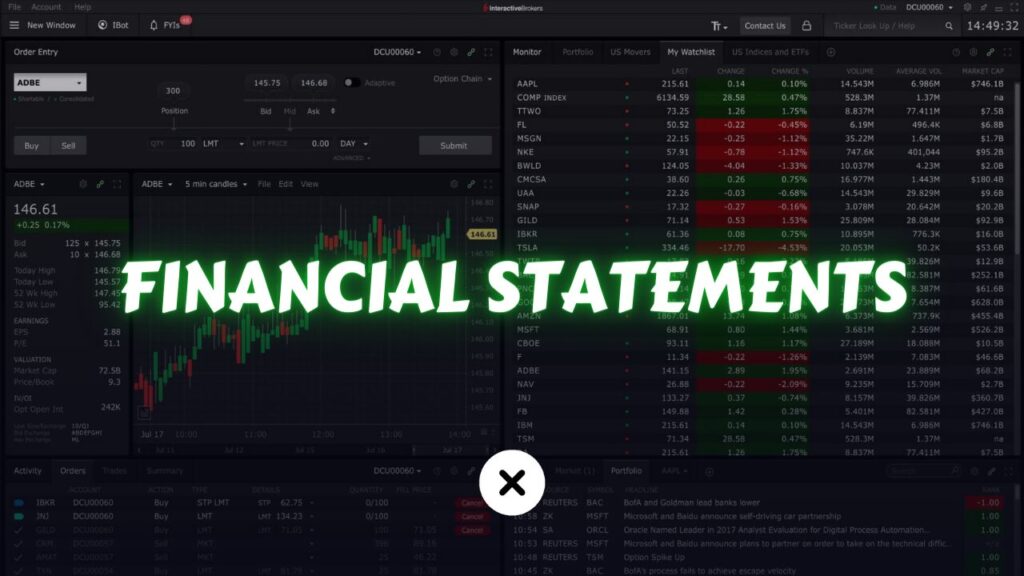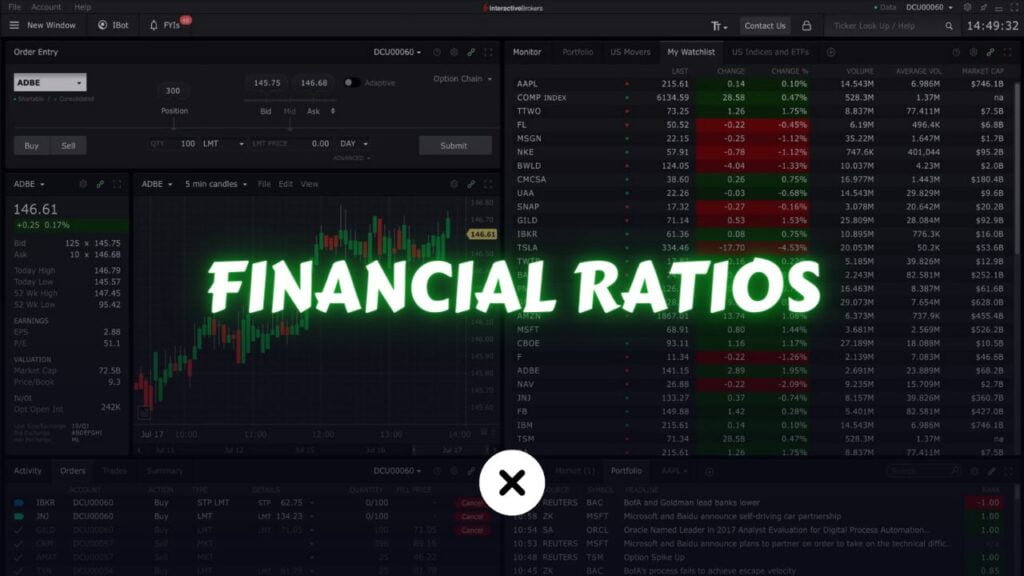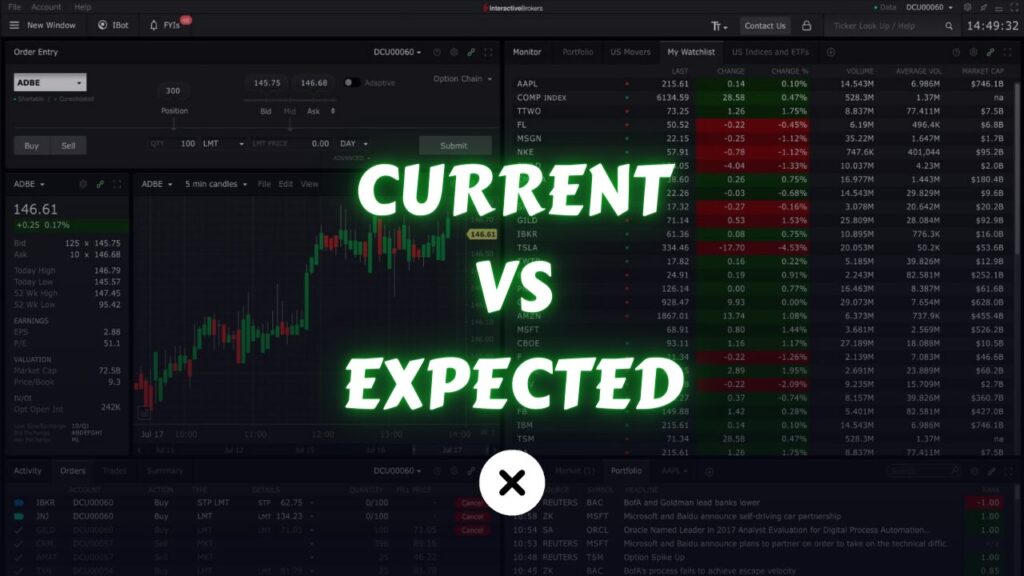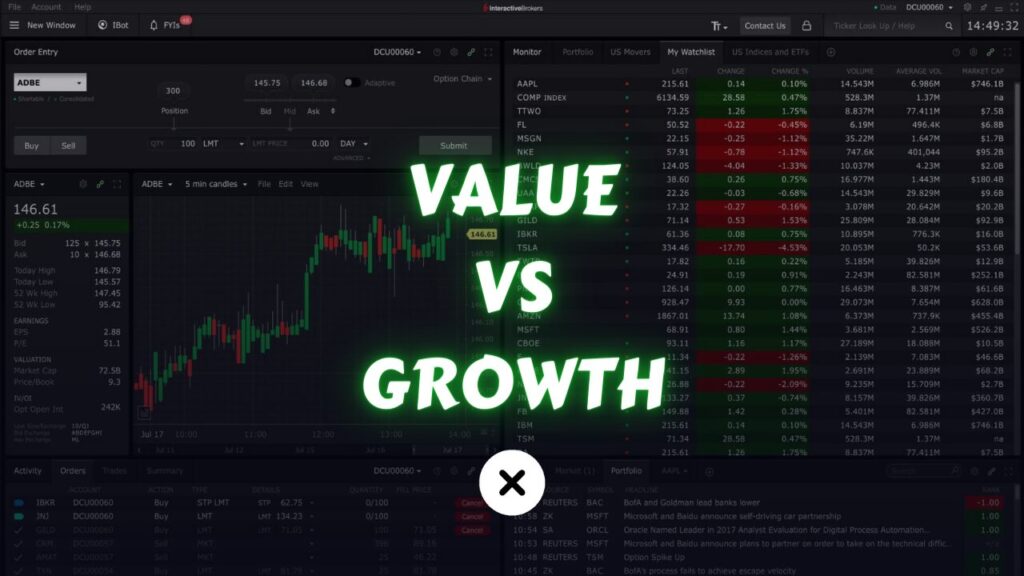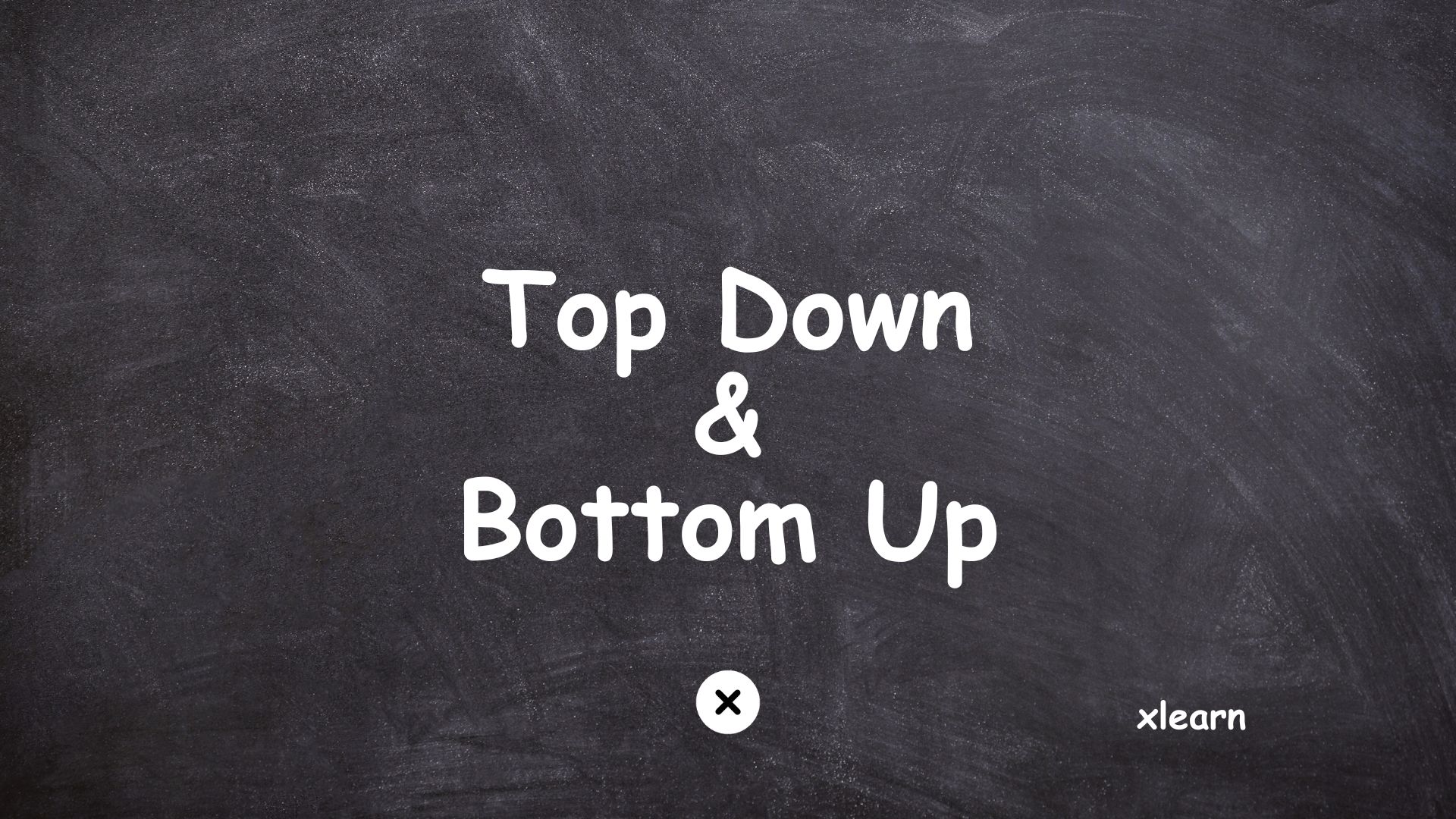
We discussed the concept of diversification and the importance of diversifying your investments. In this post, we will delve into our approach to investing.
Top down and bottom up approach are two contrasting investment approaches used by investors and portfolio managers to make investment decisions. These approaches differ in their focus and the order in which they analyze assets or securities.
What is top down investing?
Macro Focus: Top-down investing starts with a macroeconomic perspective. Investors analyze and assess the broader economic environment and macroeconomic factors before selecting specific assets or securities.
Asset Allocation: The first step in top-down investing is to determine the appropriate asset allocation based on the investor’s outlook on the overall economy. Asset allocation decisions involve determining the mix of asset classes in a portfolio, such as stocks, bonds, real estate, and cash.
Sector Selection: After asset allocation is determined, investors drill down further to select specific sectors or industries that they believe will perform well in the current economic environment. For example, they might allocate a larger portion of their portfolio to technology stocks if they expect the technology sector to outperform.
Security Selection: The final step in the process is to select individual securities within the chosen sectors. Investors identify specific stocks, bonds, or other financial instruments that align with their top-down strategy. This selection is often based on the belief that the chosen securities will benefit from the anticipated economic conditions.
Risk Management: Risk management in top-down investing includes diversifying across asset classes and sectors to reduce overall portfolio risk. It also involves monitoring economic conditions to make adjustments to the portfolio as needed.
Advantages of top down investing
- Provides a structured approach to investment decision-making.
- Takes into account macroeconomic trends and economic cycles.
- Offers a framework for portfolio diversification based on economic conditions.
Disadvantages of top down investing
- Macro forecasts can be challenging, and accuracy is not guaranteed.
- It may overlook individual securities or opportunities that perform well despite broader economic trends.
What is bottom up investing?
Company-Centric: Bottom-up investing starts at the micro level, focusing on individual companies or securities rather than macroeconomic factors.
Fundamental Analysis: The primary focus is on fundamental analysis of individual securities. Investors thoroughly research and assess a company’s financial statements, business model, competitive position, management quality, and growth prospects.
Qualitative Factors: Qualitative factors, such as industry dynamics, competitive advantage, and corporate governance, are also considered when evaluating individual investments.
Security Selection: Investors select individual securities based on their assessment of the merits of each investment. The belief is that by choosing fundamentally strong companies, investors can achieve superior returns.
Risk Management: Risk management in bottom-up investing involves assessing the risks associated with individual securities and making investment decisions accordingly. Diversification is also considered, but the focus is on the quality of individual investments.
Advantages of bottom up investing
- Allows for in-depth analysis of individual securities, potentially identifying undervalued or high-potential opportunities.
- Not heavily reliant on macroeconomic forecasting.
- Can lead to a well-constructed portfolio of fundamentally strong investments.
Disadvantages of bottom up investing
- Requires significant time and effort for researching individual securities.
- May result in a lack of diversification if not managed carefully.
- Success depends on the investor’s ability to select promising individual investments.
Investors and portfolio managers often blend elements of both top-down and bottom-up approaches to create diversified portfolios that consider both macroeconomic factors and individual security analysis. This combination can help mitigate the weaknesses of each approach while taking advantage of their strengths.
Example:
We have two distinct approaches, namely top-down and bottom-up. Bottom-up investing, in particular, involves a detailed examination of individual securities. It’s about selecting a specific stock and saying, “I believe this stock is excellent, and I want to invest in it.”
For example, you might evaluate American Airlines and conclude that it’s a remarkable investment choice. This decision is based on your belief that American Airlines possesses exceptional qualities that will enable it to perform well in the market, regardless of the prevailing economic conditions or the sector’s performance.
This isn’t the preferred approach to investing. The approach that is most commonly used and favored is the top-down approach.
The top-down approach begins at the highest level by assessing a broad asset class. For instance, the initial question is whether you want to invest in stocks. In the top-down approach, you make this primary decision first. If you decide to invest in the stock market, the next step is to determine which sector you want to target. Do you prefer the energy sector, the tech sector, or another sector entirely? After selecting a sector, you can then choose specific stocks within that sector that you believe show promise or value.
Alternatively, you may opt to invest in the entire sector through an ETF. This sequential process, starting from the highest level and moving downwards, is the recommended approach for making investment decisions.
This approach is advisable because, for instance, in 2020, we experienced a pandemic, which led to a significant downturn in the airline industry due to reduced travel. The entire sector faced challenges. Therefore, it’s essential to assess specific sectors and determine whether you believe a particular sector will outperform expectations in the future or if it’s likely to underperform compared to the consensus. It’s crucial to scrutinize sectors individually rather than solely focusing on individual stocks because even exceptional companies can be negatively affected if their sector encounters difficulties.
Investing relies more on the choice of sectors than on the selection of individual stocks. Sector selection holds paramount importance because, as mentioned, when a sector experiences a downturn, all the companies within that sector are bound to be affected negatively.
For instance, if your portfolio comprises 10 different stocks, and every one of them falls under the same sector, it means that if that sector faces adversity, all your stocks will experience declines because they are all concentrated within that single sector. You are not diversifying in the right manner.
You need to exercise caution to avoid getting caught up in hype and ensure that you maintain a well-diversified portfolio, as there will always be periods of high enthusiasm surrounding trends like cannabis, technology, artificial intelligence, and cryptocurrencies.
